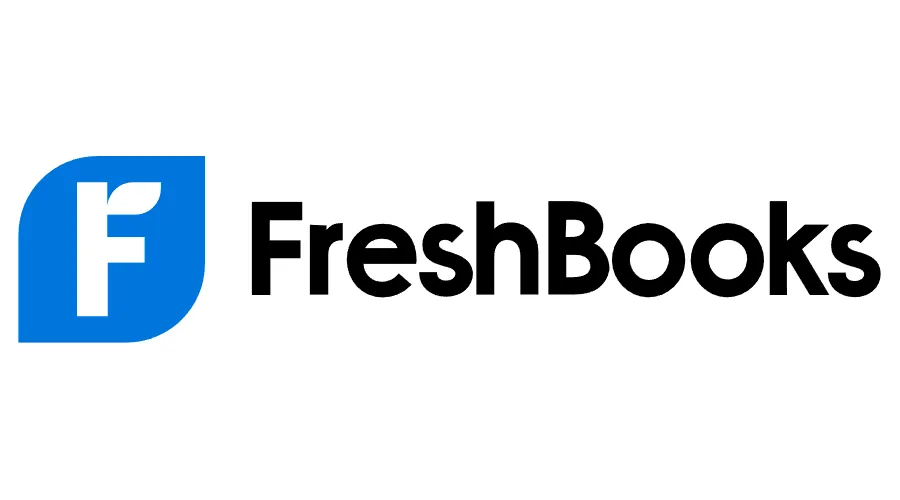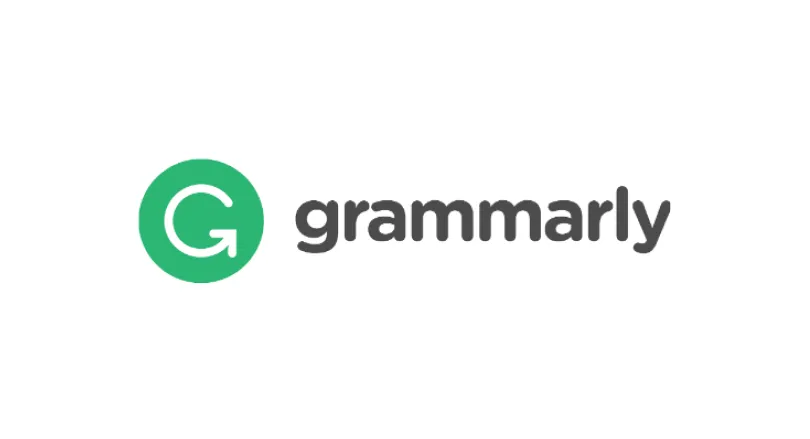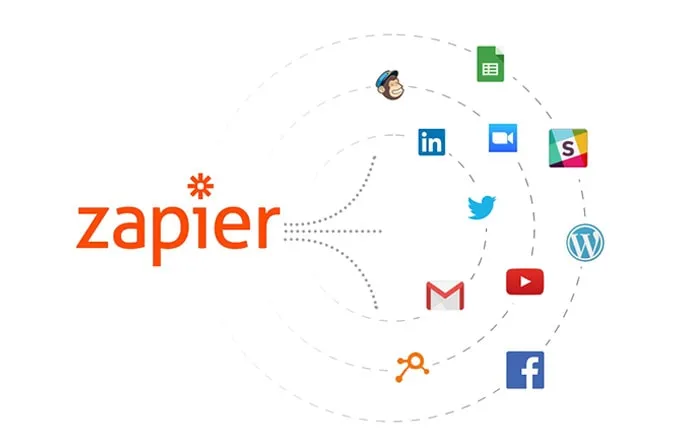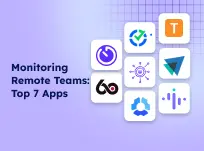Table of Contents
Introduction
A company’s ability to increase the ratio of output to input affects how well the business runs as a whole.
Whether searching for ways to boost profitability, improve customer experience, or streamline processes, the reliable solution is to increase operational efficiency. The more efficiently a business can run with fewer employees, the better it can accommodate future challenges.
Did You Know?
Companies prioritizing operational efficiency improvements can see a 10% to 25% increase in productivity.
So, is your business absolutely efficient? Do you know how to boost its operational efficiency?
In this blog, we will learn many tools and tips to ease processes, boost productivity, and direct organizational performance. Whether you’re a startup or a well-established enterprise, this extensive guide will help you follow actionable strategies to enhance operational efficiency and unlock your business’s peak potential.
What is operational efficiency?
Operational efficiency refers to how businesses reduce waste, enhance productivity, and boost product and service quality. It’s the ratio between inputs necessary to maintain a business’s relevance and the outputs it offers.
Inputs are factors like raw materials, employees, equipment, and more, while outputs are customer retention, products, and more, typically operating costs vs profit.
So, when a business maintains high operational efficiency, it stays profitable and financially healthy. Most companies with increased operational efficiency usually meet customer expectations, have a better competitive edge, satisfy shareholders, and enhance their internal operations to direct growing demands.
Most Common Functional Areas For Operational Efficiency
Most companies strive to earn operational efficiency. Even if the team or company is meeting its prime goals (i.e., sales or growth), there are still some ways to enhance output while decreasing inputs.
Operational efficiency solutions typically boost multiple functional areas of a business. The most common areas are as follows:
3 Benefits Of Operational Efficiency Tools
Boosting operational efficiency and decreasing costs is a significant concern for well-established enterprises and small to midsize companies aiming to strive in this competitive industry.
Hence, managing the operating efficiency ratio is an excellent way to understand your company compared to the extreme competition. Some of the benefits of operating efficiency tools are as follows:
7 Tools to Improve Operational Efficiency
With such benefits, it is worth investing in the following six tools for increased operational efficiency.
1) Zoho Projects

A perfect project management app, Zoho Projects is a one-stop solution for all your project management requirements. It is particularly appealing to startups and growing companies. It can assist you in managing your projects, tracking work effectively, and collaborating with your team, regardless of the location.
With stunning features like task delegation and team management, Zoho Projects manages all project needs from start to finish.
Read more: How to Use Timesheet Reports For Superior Project Results
2) Skype

Skype is a free video and audio calling service you can use to connect with others on the internet. Skype is useful for businesses because it allows you to hold conversations with your colleagues and help you manage your projects more efficiently, even if they’re miles away.
With Skype, you can also chat with potential clients, which helps clarify what they want and how they want their assignments delivered. This helps smooth operations, eliminates the scope of errands, or gives detailed feedback about any changes or improvements made to the project.
Skype is an excellent tool for businesses looking to increase operational efficiency. The best part about this app is that there’s nothing new to buy, no additional software to install- all you need is a computer with internet access and a web camera installed. The app will work on most smartphones, making it easier to work from anywhere at any time. It’s affordable (free) and simple to use, so there is no reason not to try it out!
3) Workstatus

It’s hard to keep up with productivity when your team is scattered worldwide. Enter Workstatus, a time tracking and workforce managment software that lets you monitor and track the hours of remote as well in-office employees. Workstatus lets you get insights into how productive your teams are by providing data on who’s working and who’s slacking off.
Workstatus also has time tracking features that allow you to measure operational efficiency in more detail than ever before. You can view the number of tasks completed by individual users and their top priorities for future work so you know what tasks to prioritize next.
You can also use GPS tracking to keep track of your employees’ location and how long they’ve been working at any given time. With this information you will have a better idea of how you should manage your workforce for maximum efficiency.
No matter where your business operates or what industry it’s in, Workstatus will help make your operations fast and efficient from anywhere in the world, making it easier for you to grow and scale your business.
4) FreshBooks

One of the tools that will transform your business in 2024 is FreshBooks. FreshBooks is free accounting software for businesses and every industry. It helps the accountant, manager, or CEO by providing everything from invoicing the clients to automatically updating the accounts with all the information, so there’s no need for manual entry, which helps speed up operations.
FreshBooks also lets you process payments online, removing the time-consuming process of chasing down payments. This saves you time and makes you more money in the long run, allowing you to spend more time focusing on growing your business.
Any business looking for ways to streamline their accounting tasks and increase productivity should consider these tools to increase their efficiency and make their operations fast and smooth.
5) SmallSEOTools

SmallSEOTools is a reputable web portal offering many tools for online content analysis and refinement. Businesses aiming to craft original content without plagiarism can use its highly accurate plagiarism checker free. This tool is easily accessible through various devices and helps business owners or writers detect direct and subtle forms of plagiarism.
This online plagiarism checker also offers detailed and highly accurate plagiarism reports displaying online sources with similar content. In addition to its reliable plagiarism detection tool, it provides valuable and cost-effective utilities for grammar correction and paraphrasing. Businesses can also use these utilities to ensure their content's impeccability and ease of readability.
6) DupliChecker

DupliChecker is a renowned web portal offering a bunch of tools for businesses focused on maintaining the originality and quality of their content. It allows you to quickly check for plagiarism in any type of text and make sure that your business communications, marketing materials, or project documents are unique and professional.
If you come across plagiarized content in your documents, then you can turn to this free paraphrasing tool. Its AI-powered technology assists you in revamping duplicated text and make it unique. If you are striving for operational excellence in your business, then you should use this utility and complete such tasks in a matter of seconds.
7) Grammarly

Grammarly is one of the most accurate and easy-to-use proofreading tools out there. It can also provide contextual word suggestions, grammar, and style suggestions to streamline your writing which will help your business avoid embarrassing mistakes while giving a polished look to your content, client-oriented emails, or any other type of written correspondence.
Grammarly also lets your business proposals, reports, and key messages look more professional by preventing errors from punctuation to repetitive words in sentences. Where a mistake could be made, Grammarly does its best to pick up on it before it becomes an issue.
What’s even better is that it does come free, but if you’re looking for additional features such as edit checks that are targeted at specific types of content (such as sentence structure), translation checks, and advanced plagiarism detection, then it does cost $12 per month per user.
8) Zapier
 Zapier is a way to connect apps for an easier and smoother data flow. With Zapier, you can automate your business tasks by setting up triggers from one app to another. This way, the workflow becomes more seamless, eliminating any scope of error and saving time in the process.
Zapier is a way to connect apps for an easier and smoother data flow. With Zapier, you can automate your business tasks by setting up triggers from one app to another. This way, the workflow becomes more seamless, eliminating any scope of error and saving time in the process.
Zapier is a useful tool for every single company out there as it not only streamlines your workflow but also saves you time and money. The tool currently supports over 750 integrations which means that all you have to do is set up the trigger between two apps, and Zapier does the rest!
If you’re looking to save time, create efficiency and make workflows more smooth, Zapier should be on top of your list when exploring the available tools. Using this software will always keep you ahead of the curve no matter what type of business you are running.
Read more: Productivity vs. Efficiency: Which One Matter More in the Workplace?
Closing Thoughts
To improve efficiency in a business, companies should consider how they are currently operating and how they can change their process or operations. There are a number of tools that can be used to help optimize the business’ operational efficiency and potentially save money.
With such tools, you can quickly gauge your company’s performance and identify any potential problems or issues before they worsen. And next time you need to improve efficiency in your company, try looking at these top six tools as they will help transform your business for the better.
That’s all for today.
We hope you enjoyed reading our blog post.
If you have any queries about improving operations & efficiency in your company, feel free to leave us a comment on this blog post.
Thank You !!











